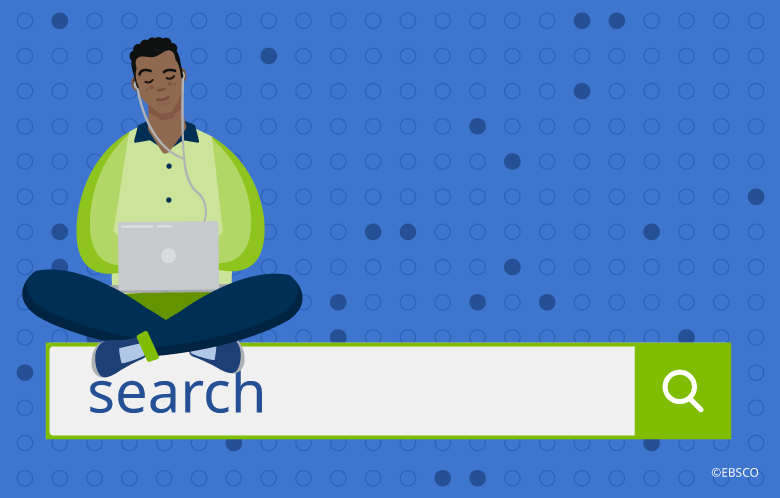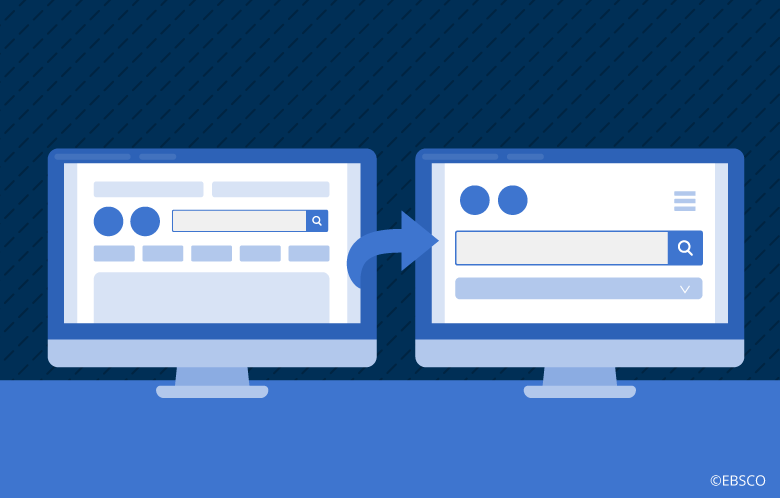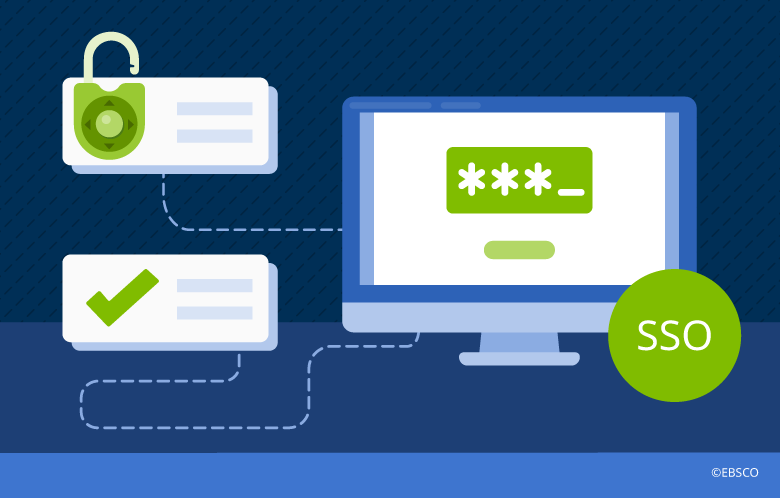Despite dramatic shifts in teaching and learning, academia has experienced a growth in online education over the last few years. The rise in the cost of undergraduate education, has left many undergrads to seek cost-saving measures, creating a hybrid experience of online and on-campus students. Another consideration is the age diversification of undergraduates; many students seeking a degree are over the age of 25 who are potentially balancing jobs with a degree pursuit who may prefer online learning. To meet the needs of students and schools participating in remote learning, a library must find ways to become agile. A major path in this mission is through an optimal library website design.
Website design traditionally is thought of through fundamentals such as information architecture, visual applications, language, and fonts. But today, modern library website design reaches far past fundamentals and aesthetics into other core areas such as integrations, search configurations, authentication methods and mobile applications.
Starting with the Fundamentals
According to an EBSCO survey on undergraduate’s research workflow, 40 percent of students rate their library websites moderate to very challenging and 15 percent never use them. These complications are compounded even further if a student is accessing a library website remotely. The fundamentals of library website design are imperative to creating the optimal user experience. This includes organized information architecture, an appealing visual design that is mindful of devices and accessibility requirements, and clear, concise language that is short and action oriented.
Taking the fundamentals a step further, library website design must be sustainable. Regardless of changes, enhancements, or major releases with third-party platforms, a library website should operate at full speed and scale no matter the device or browser. Sustainability is key for library websites to continue to meet the shifting needs of learning and to ensure that staff is not bogged down with extra technical work that they may not be prepared for.
Today, library website design reaches far past aesthetics into other core areas such as integrations, search configurations, authentication methods and mobile applications.
Today, library website design reaches far past aesthetics into other core areas such as integrations, search configurations, authentication methods and mobile applications.
Authentication Integrations
Users need easy and secure access to all that a library has to offer. But a big challenge for library staff is having to rely on an IT team or outside party to configure and implement authentication methods. Utilizing a library website platform in which the library staff can easily configure single sign-on via the website’s admin dashboard reduces a significant amount of overhead, saves time, and avoids unplanned costs. Also, library website platforms should allow staff to choose the best authentication integration — providing once again for an agile and sustainable website to meet all learning needs.
Creating Collections
Libraries are seeing the need to integrate catalogs, open resources and purchased learning applications. As the need to aggregate new information quickly grows, the library website can become the place to tie concepts together and publish updates in real-time. This, of course, means finding a website platform that is designed specifically for the needs of the library. A platform that can take a library’s collection, apply base-level metadata for quick cataloging and implement smart search technology to include collections alongside results from discovery services, catalogs and more. Such a website enhances resource usage and provides a breadth and depth of information to learners.
Moving to Mobile (Apps)
A 2019 EBSCO User Research study found that library users are using mobile apps to research-on-the-go and organize content. Library users with long-term needs — those working on a thesis or publication — are more likely to use a mobile app in their research. Considering a separate mobile strategy with an added mobile app allows for continuity and an improved user experience. More sophisticated mobile apps can allow library users to browse the catalog, place holds and view account details.
Regardless of the reasons, trends or current world predicament, creating a strong library website and providing optimal access allows libraries to be agile by quickly responding to user needs, match student expectations, increase usage of resources and prove their value.



